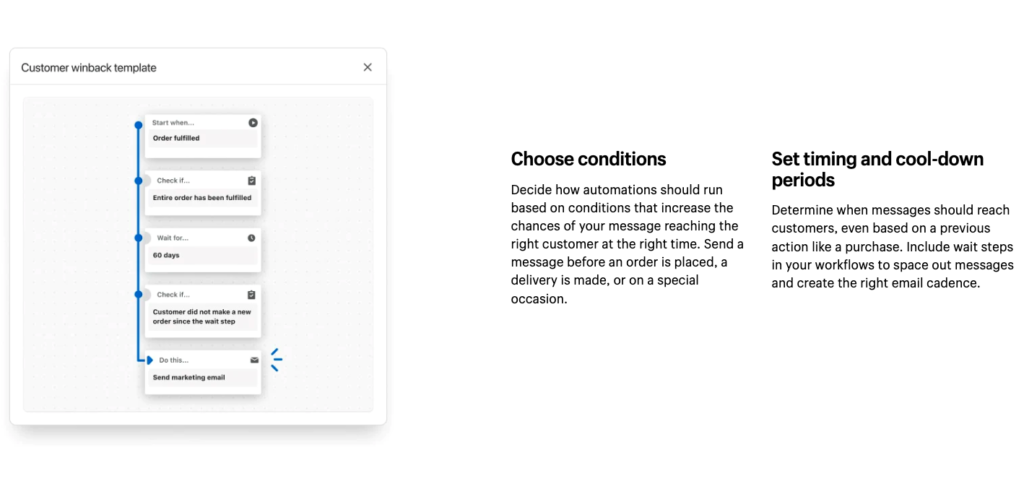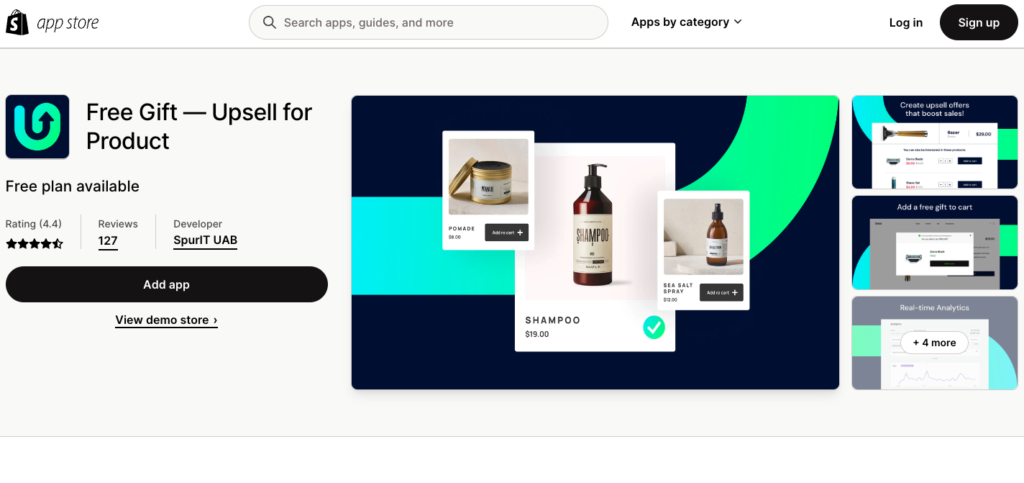Are you struggling to drive sales on your Shopify store? Whether you’re running an accessories store or a Shopify print-on-demand store, it’s time to take your e-commerce game to the next level with proven marketing strategies.
From harnessing the power of social media to mastering email campaigns, this article will show you how to increase your online visibility and drive more traffic to your store. Say goodbye to stagnant sales and hello to a thriving e-commerce business with the following Shopify marketing tips.
Ways to Increase Sales With Shopify Marketing
So, get ready to see your sales soar and take your business to new heights as you learn how to market your Shopify store effectively. There are many different ways to increase sales with Shopify marketing. Some of the most effective include:
1. Creating a Marketing Strategy
Before you start implementing any marketing tactics, it’s crucial to have a plan in place. This should include your target audience, budget, and goals.
This can be done by identifying your target market, understanding their needs and preferences, and creating a plan to reach them. Once you have a strategy in place, you’ll be able to focus your efforts and see better results.
You can also set clear and measurable goals for your marketing efforts, such as increasing website traffic or boosting sales. Once your goals are set, you can develop a plan that includes tactics such as email marketing campaigns, social media marketing, and paid advertising to achieve those goals.
2. Email Marketing Campaigns
Email marketing can be a powerful tool for reaching potential customers and keeping existing ones engaged. By sending regular newsletters and promotional emails, you can drive more traffic to your store and increase sales. When creating an email campaign, be sure to segment your audience and personalize your message.
To implement an email marketing campaign for your Shopify store, you can first build an email list by including an email sign-up form on your website and offering incentives for signing up. Next, you can segment your email list based on customer demographics, purchase history, and other relevant information.
3. Use Shopify’s Automations
Shopify offers a variety of automations that can help you save time and increase sales. For example, you can set up abandoned cart recovery emails for customers who have added items to their cart but haven’t completed their purchase. This can help bring customers back to your store and increase your sales.
This can be done by going to the “Orders” section of your Shopify admin and selecting “Abandoned checkouts.” You can customize the email template and set the trigger and the timing of sending the email. You can also set up automated email campaigns for order confirmations, shipping confirmations, and customer follow-ups.

4. eCommerce SEO
SEO (Search Engine Optimization) is the process of improving the visibility of your website in search engine results pages. By optimizing your website and its content, you can increase your visibility in search results and drive more traffic to your store.
To improve your eCommerce store’s SEO, you can start by conducting keyword research to identify the keywords that your target audience is searching for. You can then optimize your website’s content, meta tags, and URLs to include those keywords.
Additionally, you can optimize your product pages by including high-quality product images, detailed descriptions, and customer reviews that also will function as great social proof for your brand.
5. Coupon Marketing
Coupon marketing is a great way to incentivize customers to make a purchase. By offering discounts or other promotions for your products, such as custom sweatshirts, you can encourage customers to buy from your store.
To implement a coupon marketing strategy for your Shopify store, you can start by creating unique coupon codes that can be used by customers to receive a discount on their purchases.
You can then promote these coupon codes through email marketing campaigns, social media, and other channels. Additionally, you can also use the Shopify app to create and manage your coupons. This allows you to track their performance and see which coupons are the most effective in driving sales.
Hire Shopify app developer to get the best shopify apps. ( After you can also use the Shopify app to create and manage your coupons .
6. Social Media Marketing
Social media is a powerful tool for reaching a large audience and promoting your products. By sharing information about your products, such as new releases or special promotions, you can drive more traffic to your store. Additionally, you can use social media to connect with your customers and get feedback on your products.
To implement a social media marketing strategy for your Shopify store, you can start by identifying which social media platforms your target audience is most active on. You can then create a content calendar that includes a mix of promotional and non-promotional content as well as make social media ad campaigns that are tailored to your target audience and products.
7. Customer Loyalty Programs
Customer loyalty programs are a great way to keep existing customers engaged and returning to your store. By offering rewards or incentives for repeat purchases, you can increase customer retention and boost sales. You can start by identifying the key actions you want customers to take, such as making a purchase, leaving a review, or referring friends.
You can create a rewards program that rewards customers for taking those actions. For example, you can offer a discount code for custom jackets and shirts after a customer makes a certain number of purchases or leaves a certain number of reviews.
8. Upsell and Cross-Sell
Upselling and cross-selling are great ways to increase your sales. Upselling is when you offer customers a more expensive version of the product they are currently looking at. Cross-selling is when you offer a customer a related product that complements the product they are currently looking at.
You can start by analyzing your customer purchase data to identify patterns and trends. This will help you to understand which products are often purchased together and which products are complementary to each other. You can then create upsell and cross-sell offers on your product pages, in your email campaigns, and during the checkout process.

9. Track Your Marketing KPIs
To measure the effectiveness of your marketing efforts and make data-driven decisions, it’s important to track your marketing KPIs (Key Performance Indicators). The most significant KPIs to track include website traffic, conversion rate, and customer lifetime value. By tracking these KPIs, you can see what’s working and what’s not and make adjustments as needed.
To track your marketing KPIs, you can set up tracking and measurement tools, such as Google Analytics, to monitor your progress. Additionally, you can also use Shopify’s built-in analytics to track your sales and revenue. You can also check your Shopify dropshipping analytics to track your marketing KPIs.
10. Use Shoppable Instagram Feed
The Instagram feed on Shopify allows businesses to tag their products in their Instagram posts and stories, which makes it easier for customers to discover and purchase the products they see on the platform.
With the shoppable Instagram feed on Shopify, customers can see product information, pricing, and availability directly on Instagram. This makes the shopping experience more streamlined and reduces the friction between discovering a product and making a purchase.
Summary
Utilizing Shopify marketing can be a powerful tool for driving sales for your eCommerce business. By creating a marketing strategy, implementing email campaigns, utilizing Shopify’s built-in automations, focusing on eCommerce SEO, and utilizing other tactics, you can effectively reach and engage your target audience.
With the right approach, you can see a significant increase in sales for your eCommerce store. Remember, it’s essential to test and experiment with different methods to find the most effective approach for your business and audience.